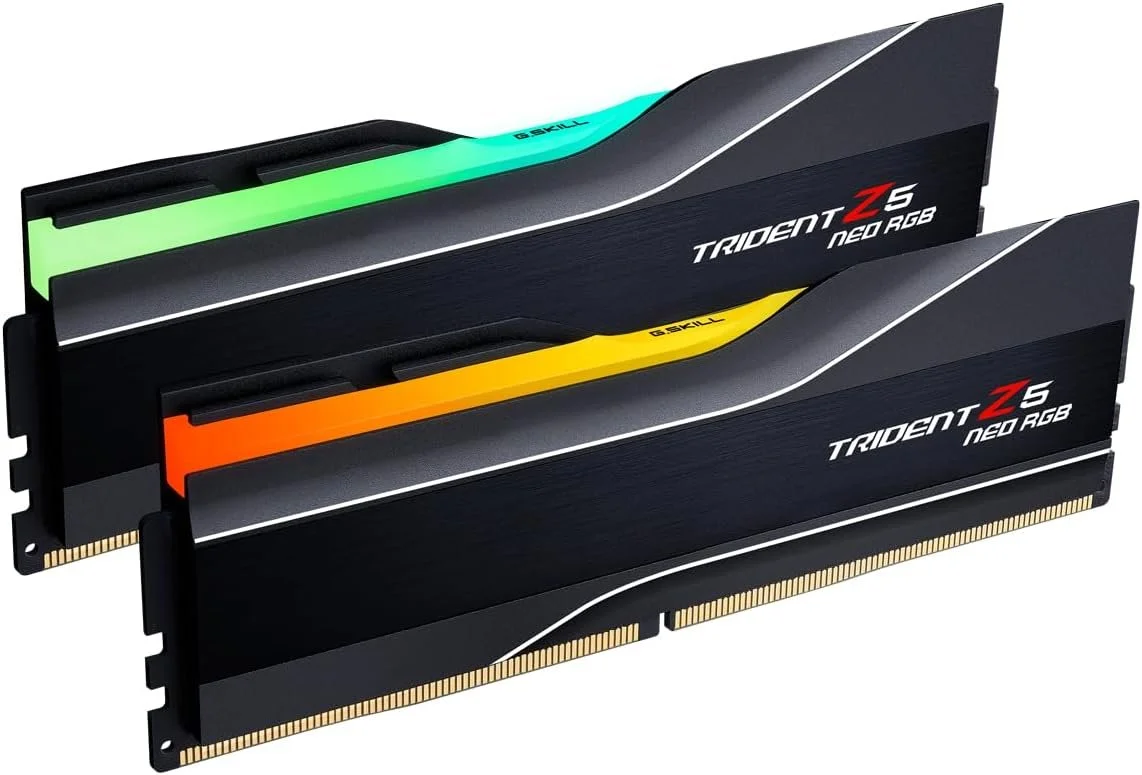How to adjust your webcam using The Windows Settings
Adjusting your webcam settings to ensure optimal performance can be challenging for some. However, Windows does provide several built-in features that allow users to configure their webcam settings, improve video quality, and ensure compatibility with various applications. I've outlined several steps to adjust your webcam settings on Windows, covering essential aspects such as permissions, resolution, and troubleshooting.
Check Your Webcam Connectivity
Before you adjust the settings, ensure that the Webcam is connected correctly. If you use an external webcam, check the USB port connection and test different ports if needed. Verify that Windows detects built-in webcams by navigating to Device Manager and right-clicking Start--Device Manager--Imaging Devices or Camera.
Webcam Permission Granted
Many applications require permission to access users’ webcams. To enable camera access, Open Settings and go directly to Privacy and Security. Click on the Webcam and ensure that camera access is toggled on. Grant access to specific applications by adjusting permissions in the app list.
Adjust The Webcam Settings
Windows allows users to modify their webcam settings, including brightness, contrast, and resolution. These settings can be adjusted in the Camera App. Search for the Camera in the Start menu and open the application. Click on the gear icon to access settings. Adjust brightness, contrast, and flicker reduction options to optimize image quality.
In addition, third-party applications such as Zoom, Microsoft Teams, and OBS Studio offer more advanced configuration options. These applications allow users to modify resolution, enable background effects, and adjust lighting conditions to enhance video clarity.
Troubleshoot Webcam Issues
If by chance your Webcam is not functioning correctly, follow these troubleshooting steps. Restart your computer to resolve any temporary conflicts. Check for Windows updates ( Settings-Windows Updates) to ensure compatibility. Then, update your webcam driver (Device Manager--Right-click the Webcam--Update driver. Turn off any conflicting Webcam programs ( such as Skype or other video conference applications).
If issues continue, use the Windows Troubleshooter, which can be a helpful tool. Go to Settings--System--Troubleshoot--Other Troubleshooters. Then select Camera and run the troubleshooting tool to identify potential problems.
Enhance The Webcam Performance
Additional enhancements, such as external lighting, proper positioning, and high-resolution settings, will improve video quality if you rely on your Webcam for professional purposes. Investing in a better webcam or virtual background effects in supported applications can also enhance the video experience.
In Summary
Adjusting your webcam settings in Windows will ensure that users can communicate effectively with high-quality video output. By following these steps, which include checking for connectivity, granting permissions, modifying settings, troubleshooting issues, and enhancing performance, users can optimize their webcam experience. Whether for work, education, or personal connections, a properly configured webcam contributes to clearer communication and a more professional appearance in virtual interactions.








